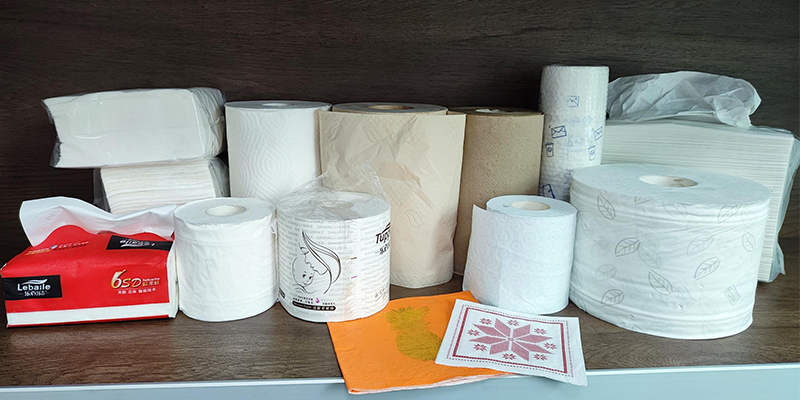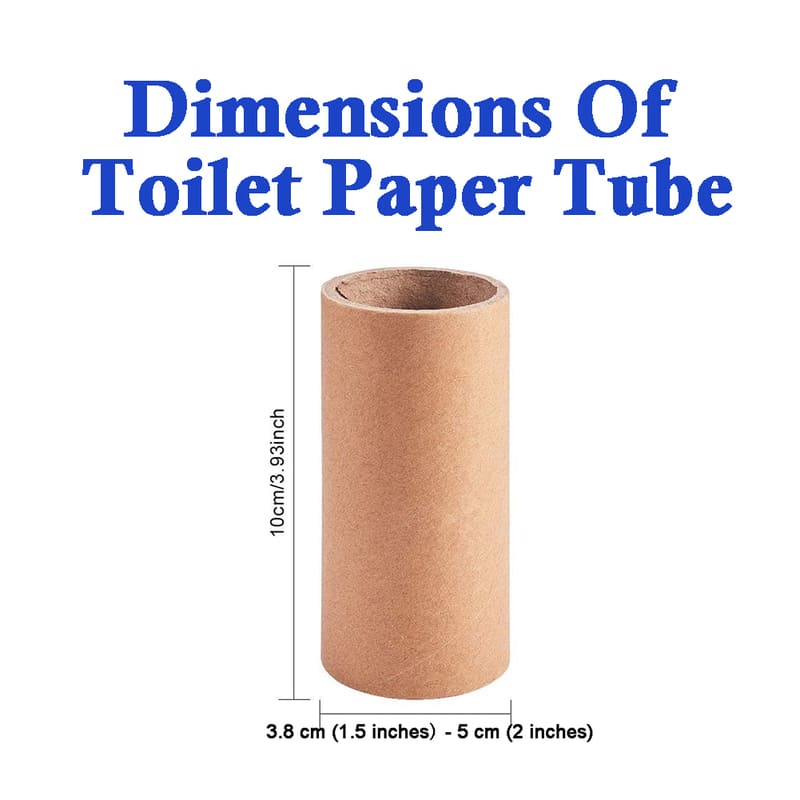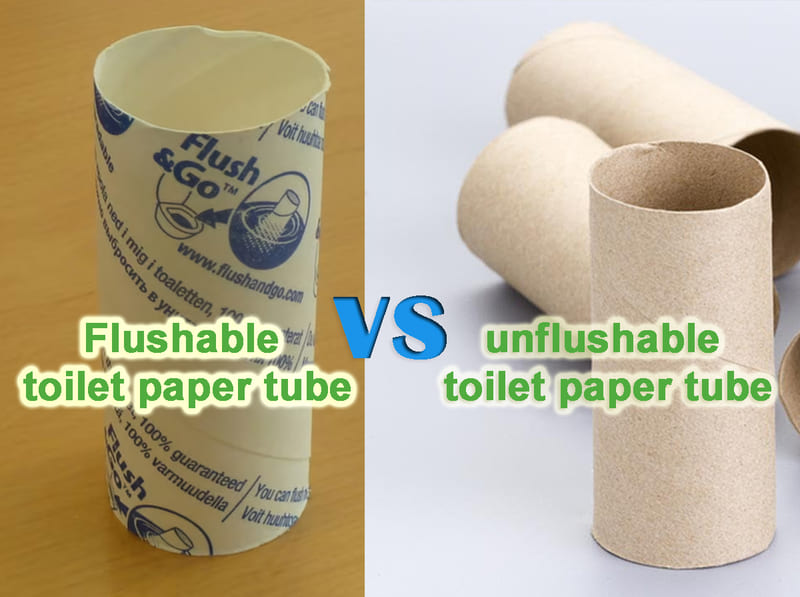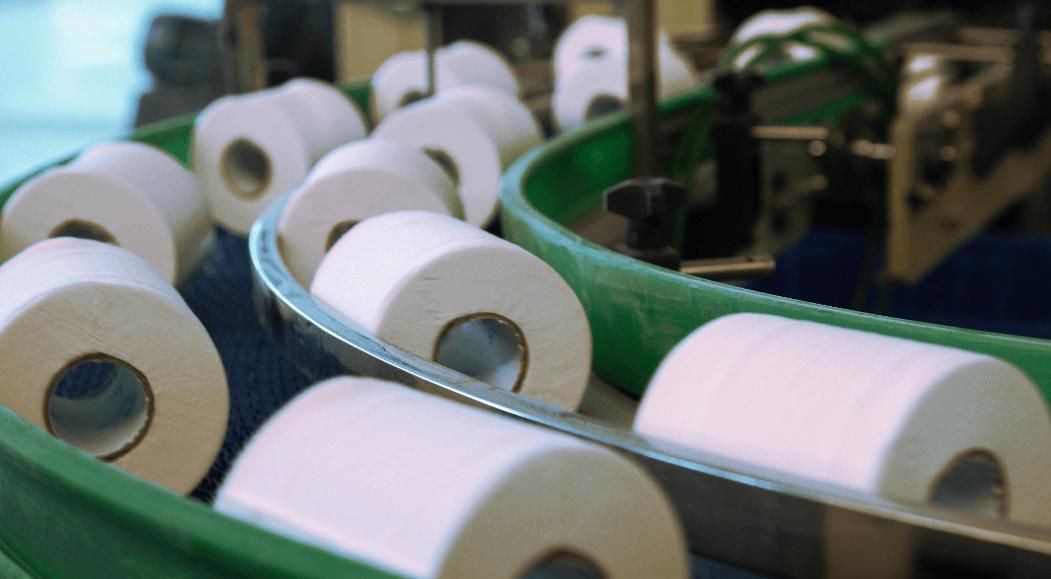Soft Tissue Paper VS Hard Tissue Paper?
Tissue paper is a staple product in every household, office, and most public establishments. These light weight papers serve various purposes, from personal hygiene to culinary use, or even artistic endeavors. While seemingly simple, tissue paper comes in a wide range of forms, the two primary types being soft and hard tissue paper. Understanding the differences between these two is essential as it not only impacts the effectiveness of their uses, but also their environmental impact and overall cost.

II. Soft Tissue Paper
A. Definition and Characteristics
Soft tissue paper is specifically designed to be gentle and comforting, while still offering a reasonable level of absorbency.
1. Material Composition
The primary component in soft tissue paper is wood pulp, also known as paper pulp. It often includes a blend of hardwood and softwood pulps. To enhance its softness, it may contain additives like lotion or aloe, and the pulp undergoes a special treatment process to break down the fibers and create a plush, comfortable texture.
2. Thickness/Ply Count
Soft tissue paper is typically available in various ply counts, with the most common options ranging from one to three ply. The ply refers to the number of layers in the paper, so a three-ply tissue will be thicker, softer, and generally more absorbent than a one-ply tissue.
B. Common Uses and Applications
Soft tissue paper is primarily used in settings where comfort and gentleness are paramount.
1. Facial Tissues
These are often used for wiping the nose or removing makeup. They’re designed to be extremely gentle to avoid irritating the skin.
2. Toilet Paper
Toilet paper is another common use of soft tissue paper. Its softness is vital for comfort, while its dissolvability ensures it won’t block plumbing systems.
3. Napkins
Napkins made from soft tissue paper are often found in dining settings, whether in homes or restaurants. They provide a comfortable means of wiping the mouth and hands during meals.
C. Benefits and Advantages
1. Comfort and Gentle on Skin
The main advantage of soft tissue paper is its gentle nature. It doesn’t irritate the skin, making it ideal for personal hygiene.
2. More Sustainable and Eco-Friendly Options
Many soft tissue paper products are now made from recycled materials or sustainably sourced wood pulp, reducing their environmental impact.
3. Aesthetic Appeal
The plushness of soft tissue paper not only adds to its comfort but also its aesthetic appeal, contributing to the overall user experience.
III. Hard Tissue Paper
A. Definition and Characteristics
Hard tissue paper, contrary to its name, is not necessarily “hard,” but rather denser and stronger than its soft counterpart.
1. Material Composition
Hard tissue paper is often made from high-quality, strong fiber pulp. It usually lacks the treatments and additives that soft tissue paper contains, as these would decrease its overall strength.
2. Thickness/Ply Count
The thickness or ply count of hard tissue paper can vary widely, depending on its intended use. Some types, such as paper towels, may be two-ply, while others intended for industrial use might be even thicker.
B. Common Uses and Applications
The robustness of hard tissue paper lends itself to several practical uses.
1. Paper Towels
These are a common household item, used for cleaning up spills due to their high absorbency and strength.
2. Industrial Wipes
In industrial settings, hard tissue paper is used for tasks like wiping machinery or absorbing oil, where a sturdy and highly absorbent material is necessary.
3. Packaging Materials
Some hard tissue papers are used in packaging for their strength and protection capabilities.
C. Benefits and Advantages
1. Durability and Strength
The most apparent benefit of hard tissue paper is its durability. It can handle robust cleaning tasks without disintegrating easily.
2. Absorbency
Hard tissue paper generally has high absorbency, making it ideal for cleaning spills and absorbing liquids.
3. Cost-Effectiveness
Due to its strength and longevity, less hard tissue paper is typically needed for tasks, making it a cost-effective option.
IV. Comparison of Soft and Hard Tissue Paper
A. Material Composition and Production Process
Soft tissue paper uses a blend of hardwood and softwood pulps, treated to increase its softness. Hard tissue paper, on the other hand, is often made from stronger fiber pulp and is not typically treated for softness.
B. Environmental Impact and Sustainability
While both types of tissue paper can be made from recycled materials, the potential environmental impact differs. Soft tissue paper usually decomposes faster due to its thinner construction, while hard tissue paper may take longer. Both types require significant energy and resources to produce, though companies are increasingly adopting more sustainable practices.
C. Comfort and Feeling
Soft tissue paper is gentle, plush, and comfortable, making it suitable for personal use. In contrast, hard tissue paper is denser and rougher but offers high strength and absorbency.
D. Pricing and Affordability
While the price can vary based on brand and quality, soft tissue paper, especially those with additional treatments for softness, is generally more expensive. Hard tissue paper, being sturdier and longer-lasting, often proves more cost-effective in the long run.
V. Choosing the Right Tissue Paper for Your Needs
A. Balancing Comfort, Strength, and Environmental Concerns
The best tissue paper for you depends on your needs and preferences. If comfort is your top priority, soft tissue paper is the obvious choice. For heavy-duty cleaning tasks, hard tissue paper is ideal. Meanwhile, environmental concerns may push you towards sustainably sourced or recycled options.
B. Personal Preferences and Usage Habits
Your habits and preferences play a significant role in your choice. If you value a plush feel, or have sensitive skin, you may prefer high-quality, multi-ply soft tissue paper. Conversely, if you have high absorbency needs or are cost-conscious, hard tissue paper might be the better option.
C. Factors to Consider When Buying Tissue Paper
Consider factors like ply count, material source (recycled or new), and any additional treatments. Think about the product’s end use – is it for personal hygiene, cleaning, or something else?
VI. Conclusion
Soft and hard tissue papers serve different purposes, and understanding their distinctions is key in making the right choice. From the material composition to their uses, benefits, and impact on the environment, these differences are considerable. Therefore, making an informed choice when buying tissue paper products not only enhances your user experience but can also contribute to environmental sustainability. As consumers, we have the power to choose products that align with our values, needs, and comfort levels, influencing the market’s direction towards more sustainable and user-friendly options.






